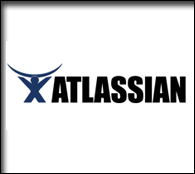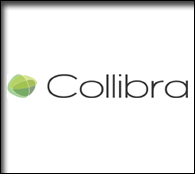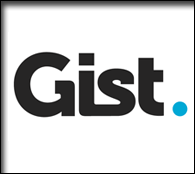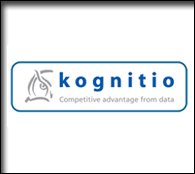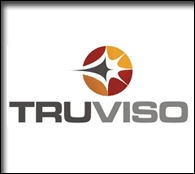Open-ended Scarcity (and abundance)
by Eric Norlin on Jul.22, 2009, under Uncategorized
I’ve been doing a lot of open-ended thinking lately about scarcity. By “open-ended,” I mean that I’m not thinking toward any resolution, so much as I’m just thinking about the concept.
Scarcity is most often thought of in economic terms — where a great majority of economic value is derived from scarcity (or scarcity coupled with demand). When there’s not a lot of oil, and people want it, value lies there. That’s the obvious example. But scarcity can also be seen in things like Google — where scarcity is actually people’s ability to *find* the right thing (a scarcity of the ability to discover). Scarcity can also apply to IP — a software company’s value coming from the fact that it has a scalable solution where no other real solution exist. Or, in our post-web 2.0 world, scarcity might lie in the aggregation of audience (Twitter’s got so many people using it that I can’t find anywhere else). You see my point. Scarcity, no matter how you bend and twist it, is the point where value accrues.
Over the past decade or so, some folks have tried to argue that the internet is creating some sort of “post-scarcity” economy. After all, the “internet” (as a resource) never runs out (at least theoretically). I’m not sure I buy that. There are *always* limits. The cost of adding to the infrastructure that can eliminate scarcity may drop to near-zero, but there are ALWAYS limits; if not on the “internet” per se, then on the attention that people have or something. And that’s where value accrues on the internet.
Then I started thinking: what is the point of scarcity around enterprise 2.0? Don’t get me wrong, I can point to lots of *reasons* that contain “scarcity” that lead to using enterprise 2.0 tools (”we need to get this info in a collaborative space, as people’s time is scarce” or “you mean no one in this company has ever done this before?”), but I’m having a hard time seeing exactly where the tools directly touch a point of scarcity. Let me see if I can elaborate…
Check out the EventVue widget on the Defrag homepage (”discover which of your contacts are attending”). It’s a pretty simple (and powerful) idea - people are more likely to register for a conference if they can see who else in their networks is going. The “scarcity” for the attendee is around a way to *know* that your time/money are worth spending on the conference. The widget gives you an easy way to begin discovering that (via implicit recommendations). The “scarcity” for the conference organizer is also easy to see: I want as many quality attendees to come as I can get (i.e., quality attendees are a scarcity).
Now look at RSS readers, or wikis, or intranets, or file sharing. Is it easy to identify the scarcity? Maybe, maybe not. The “easy” answer is that the scarcity is attention, or time, or actionable knowledge. Or maybe the scarcity lies around the idea that more efficient business processes can be found (efficiency is scarce). Or maybe it’s “discoverability” (so much hidden/dark knowledge inside of companies). But shouldn’t scarcity almost kick you in the gut.
I’m hungry when food is scarce.
Gas is more expensive when there’s not enough oil.
Should I attend this conference (money and time are scarce)? Oh wait - person X that I trust is attending.
I guess I’m looking for some feedback. What’s the dead simple, obvious point of scarcity that enterprise 2.0 tools are addressing? Are the issues too amorphous? Are they not “meta” enough? I don’t know. I’m asking.
Any way you slice it, scarcity isn’t going away. We’re all finite creatures (metaphysical and religious interpretations exempted) and therefore one of the hallmarks of our individual and collective experiences must be scarcity. It may not be pretty, fair or fun - but it’s sure as hell true.
The real question, then, is how can we leverage scarcity to our advantage? Just as I know that scarcity isn’t going away, I’m equally as certain that abundance is a fundamental quality of the world we live in. I never run out of the ability to meet new people with new ideas and newer (sometimes better) ways of doing things. Those ideas always start (whether knowingly or unknowingly) from the “itch” that is scarcity — and they lead (inexorably and inevitably) to abundance and opportunity that we are nearly incapable of fathoming.
It’s two sides of the same innovation coin: scarcity and abundance; creative destruction. And I think that the more deeply we can think through HOW the products and services we’re building leverage scarcity into abundance; indeed, the more directly we can call that OUT and NAME it, the better off we’ll be. It’s the ole “as soon as you can *name* a problem, you can solve it.”
What’s say we try to stop echoing each other with grand visions of collaborative teams holding hands around a glorious “flat” organization where information flows like rivers of milk and honey (endlessly creating productivity and dollars), and start trying to concretely identify the points of SCARCITY that our efforts are going to turn into abundance?
Any takers?
